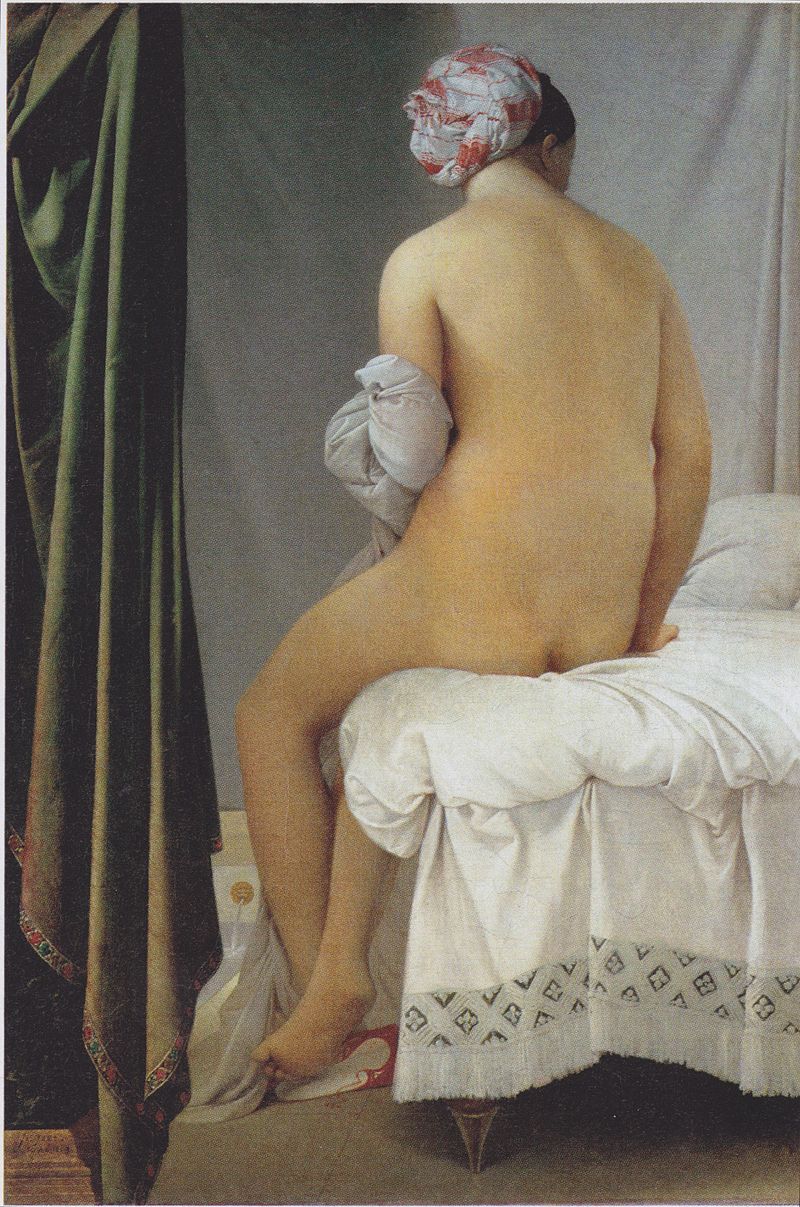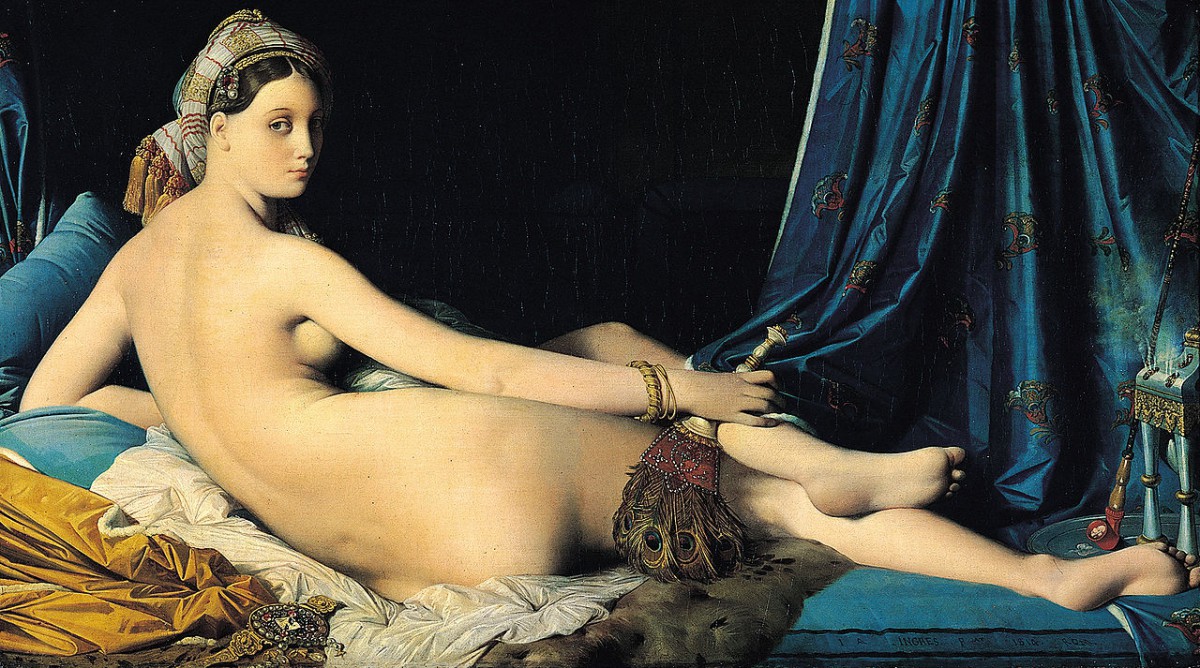Art World
Rejected Masterpieces by Jean-Auguste-Dominique Stun Audiences Today
The French painter was born on August 29, 1780.
The French painter was born on August 29, 1780.
Clara Zevi

We hate to offend the great master of Neoclassical painting on his birthday, but we couldn’t resist putting together a group of works by Jean-Auguste-Dominique Ingres that were rejected by his contemporaries.
Ingres, born 235 years ago today, was the go-to portrait artist for members of the early 19th century European aristocracy. But he wasn’t always welcomed with open arms; many of his works, when first seen by the public, were condemned either for their supposedly crude content or stylistic distortions.
See the controversial paintings that got the French portraitist in hot water below.

Jean-Auguste-Dominique Ingres, Mademoiselle Caroline Rivière (1806).
Image: Courtesy Wikimedia Commons.
1. Mademoiselle Caroline Rivière (1806)
Ingres completed this masterpiece when he was just 26 years old. The young girl, with her elongated neck and slouched shoulders, has been made to look older than her years with her ermine accessory and plump, painted lips. But for critics of the time, the painting’s well-polished finish and the sitter’s precisely outlined features were reminiscent of Gothic portraits that had long been out of fashion.
Earlier this year, a painting of the Madonna and Child that has a similar archaic quality, was discovered rolled up in the corner of a French attic.

Jean-Auguste-Dominique Ingres, Napoleon I on his Imperial Throne (1806).
Image: Courtesy Wikimedia Commons.
2. Napoleon I on His Imperial Throne (1806)
This incredibly lavish portrait of the king draped in jewels and expensive furs depicts the French royal as he would have been dressed for his coronation. Those who didn’t approve of this painting were disturbed most by the Carolingian symbols suggested in the golden thread of Napoleon’s robes.
Even Ingres’ teacher, Jacques-Louis David, was displeased with the work, and agreed with the critics that believed it to be an unattractive representation of his royal highness.

Ingres, The Valpinçon Bather (1808).
Image: Courtesy Wikimedia Commons.
3. The Valpinçon Bather (1808)
Ingres was charged with being too racy for the times in this 1808 portrait. He had painted nudes before, but never with the softness and sensuality present in the bather, who sits atop the plush creases and curves of her white sheets. Although it was initially criticized for being too explicit, it was later considered one of his most harmonious works.

Jean-Auguste-Dominique Ingres, Oedipus Explaining the Enigma of the Sphinx (1808).
Image: Courtesy Wikimedia Commons.
4. Oedipus and The Sphinx (1808)
Once completed, this mythical painting made the same year as The Valpinçon Bather was sent to the Musée du Louvre for the Institut de France to reflect upon its quality. The highly intellectual group of historians and academics came to the decision that the paintwork of Oedipus’ body was weak and that his muscles should be more acutely defined.
Almost 20 years later, Ingres enlarged three sides of the canvas in order for the Sphinx and Oedipus’s fleeing companion to appear larger.

Jean-Auguste-Dominique Ingres, Grande Odalisque (1814).
Image: Wikimedia Commons.
5. Grande Odalisque (1814)
Believed to depict the artist’s shift from Neoclassicism to Romanticism, this painting was initially received with harsh criticism. At the time it was made, it was generally understood that the subject’s misshapen body was an error on the painter’s part and that Ingres was disrespecting the science of proportion and anatomy.
Later audiences realized that it was Ingres’ intention to elongate the sitter’s curving back and her right arm, which stretches unrealistically far along her thigh.

Jean-Auguste-Dominique Ingres, The Turkish Bath (1862-3).
Image: Wikimedia Commons.
6. The Turkish Bath (1862-3)
Ingres completed this work just four years before his death. Prince Jérôme Napoléon commissioned the painting for his home, but it was swiftly removed from the palace after his wife set eyes on it and deemed it inappropriate.
Notice that the figure in the front, who plays for the reclining women, is the same figure as that of his Valpinçon bather. With its undefined spacing and subtle mastery of skin tone, this work has come to be known as one of the greatest of Ingres’ late works.
Related Stories:
A Brief History of Neoclassical Art
Parlez-vous Français? French Old Masters Glossary and Museum List